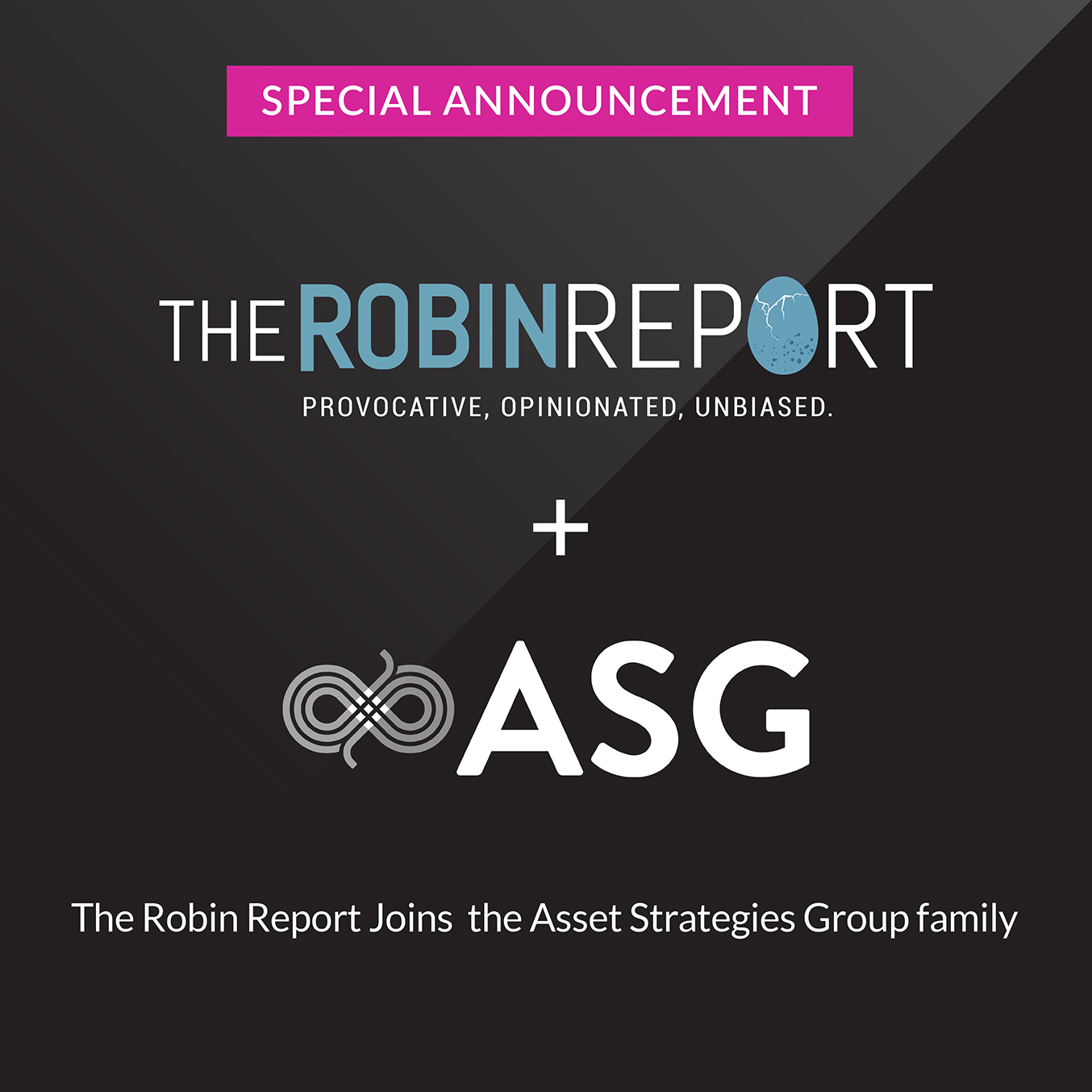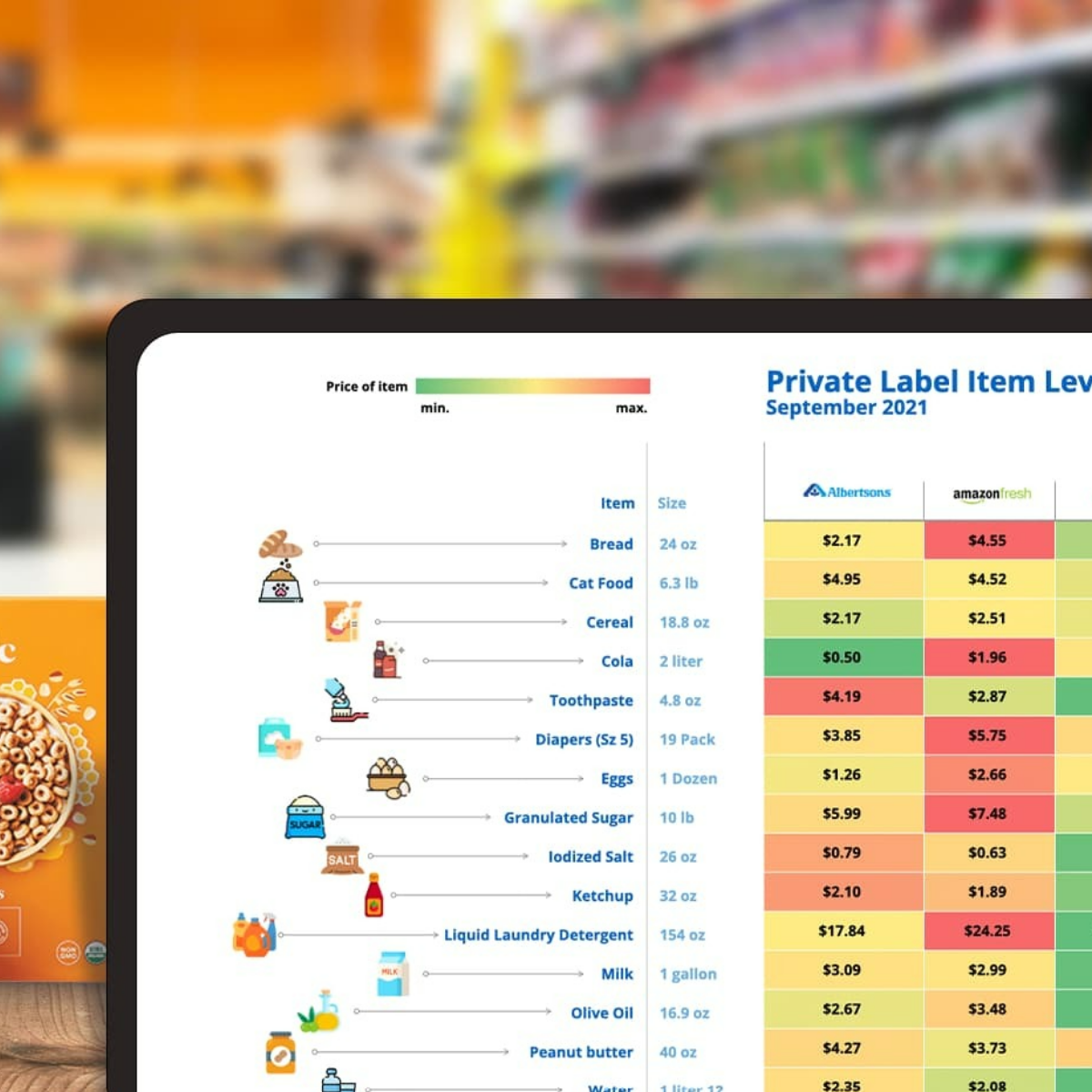The Robin Report collaborated with Richard Jaffe, Advisor, Next Gen and Legacy Retail at Ormond Associates to present Columbia Business School\’s 10th Annual Retail Forum. Hosted by Intel and sponsored by SAP, the theme, Thriving in a Digital Economy, was spot-on with a candid, provocative and revealing program about the current state and future of retail.
Many themes connected the nine speakers, principally: sustainability, relevance, value, tech fluency and customer-centricity. Amazon is always the elephant in the room, but compared to Alibaba, it\’s a small-time player. Creating a diverse, inclusive culture that celebrates individuality and uniqueness trumps Six Sigma. Design, whether its systems thinking or intelligent design of space and place, is table stakes to succeed today. The startups are smart, savvy, passionate and speak their own language, fusing analytics with human-based needs and desires. Experience is the new mantra, but it has to be authentic and original – a challenge in today\’s knock-off digitally, interconnected world.
Ultimately, the leitmotif of the day-long program that emerged from the presenters was a deeply human refrain of the need for respect of people, to have a values-based business and to be smart with technology so it serves customers. A few key highlights are captured here to give you a sense of the insights of the day.
Design Thinking
Simon Collins, Founder and CEO of WeDesign and Fashion Culture Design is a design thinker who is amusing, irreverent and candid about what survival tactics retailers need to stay in business and be relevant. His theme was sustainability, and he riffed on reducing all sorts of waste: wasted time, energy, ideas, and opportunities for excellence. According to Collins, the cause of this blight is a corporate culture that discourages curiosity. Distilled from a punch list of tactics, some of his interesting ideas were:
- Create beautiful solutions
- Brilliance only, please
- Think global
- Ask smart questions, relentlessly.
- Create value, not profit.
- Stand for something.
- Make friends and influence people.
- Never drop your guard.
- Tell your story (or someone else will tell it for you).
Startup State of Mind
Christine Hunsicker, Founder and CEO of CaaStle (an acronym for Clothing as a Service) is a B2B platform that is at the foundation of a growing number of retail rental programs. Hunsicker detailed her company\’s stealth functionality that powers this nascent but growing segment of retail. The company started with their own rental platform Gwynnie Bee as a proof of concept, and now partners with a family of brands including Ann Taylor\’ (Infinite Style), Vince, Express, New York and Company (NYC & Closet), and other brands. The service provides the full rental functionality for the retailer from the website and algorithms, to the shipping and dry cleaning. The CaaStle platform runs quietly in the background, all the while gathering priceless, proprietary customer data that is owned by the retailers. CaaStle offers a service that, in theory, a retailer could do in-house, but traditional retailers have realized it makes sense for them to outsource rentals as that requires logistics expertise and services (like cleaning) that are outside their core business.
Retail by Design
When it comes to store design, the advantages are clearly in the hands of privately owned, luxury brands, Architect Kevin Roche, Global, North America Retail Sector Leader, Woods Bagot left the U.S. to practice enlightened and highly creative retail design in Asia and Europe under the auspices of LVMH. His concern is \”how does a store matter?\” Now more than ever, they need to function as a destination, an experience and as a monument to the brand. The unanswered question is: Can great design be scaled at the mass level? Kevin admits that building a truly thoughtful customer experience can be done with massive investment by luxury retailers, but there\’s not much hope for the traditional department stores, particularly in the U.S., where margins are being squeezed by over-capacity and by investments required for technology and their omnichannel build-outs. Great design offers an unparalleled human-scaled experience. The trade-off in the U.S. is that the customer experience is defined as convenience, not a complex mix of sensory, aesthetic and environmental factors designed in harmony.
Paradigm Shift
Christopher Timmins, Director, Responsive Retail, Intel Corporation revealed the new role of the retail Store and the rise of experiential retail with a focus on the changing expectations of consumers, the technology driving them, and how to stay in touch with these trends. Chris urges everyone to get out and see what\’s new, because what\’s new is informing the future of retail models and experiences. His bucket list includes Area 15 in Vegas with Meow Wolf (under construction), Starbucks in Shanghai, and Gentle Monster in London. These three experiences redefine traditional retail. He also predicts new retail models such as autonomous retail in China; shipping-container mobile retail which can be moved within access of neighborhood customers and autonomous vending. He explains the role of the store must evolve in the future to become:
- A social community center
- Inspirational — a place with a cause
- Entertainment with music, art and theater
- Involved with stores as good citizens of the community
- Distribution centers as extensions of the supply chain
- Convenient as pickup and return centers
How does all this weave together? Intel has masterplans to help retailers leverage technologies such as artificial intelligence to improve the experience with data; use RFID real time inventory management, use algorithmic merchandise optimization, have computer vision-based vending; personalized product content; interactive kiosks with CV sentiment analysis; mobile checkout and self-checkout; voice-enabled ordering and mobile payment, store traffic analysis; loss prevention video analytics and workforce analytics.
Building a Culture
Workplace culture, especially with four generations working side by side, is not a trivial challenge. Alexander Genov, Head of Customer Research and Web Analytics for Zappos applies his Experimental Social Psychology background and his passion for research, design, and innovation to solving important customer and business problems. Zappos has an inexplicable (to a traditional retailer) wacky, unstructured work environment that produces amazing results. He says remarkable companies always start with why they exist – their higher purpose (not just to make money). Then they talk about how they accomplish that. And, lastly, they talk about what they happen to sell at the moment. The reason Zappos exists and innovates is to bring happiness to their customers. They do that through a strategy of deeply understanding customers, providing the best customer service ever, and delivering great digital experiences. The bottom line? Zappos is a customer service company which happens to sell shoes, clothes, handbags, and accessories at the moment.
Alex advises organizations to identify and articulate company or team core values. The best way to do that? Involve all employees or team members in the process – gather ideas, then gather feedback. Put core values into practice, not just a poster on a wall. He explains that getting a full understanding of your customer base means understanding what they\’re doing (behavior) and why they\’re doing it (mindset). At Zappos they start with a customer mindset segmentation. They mine shopping transaction data (behavior) and marry it with a customer survey data (mindset). Once they\’ve identified their most valuable customers, they conduct phone interviews with a few of them to better understand their needs and motivations, and also make home visits to study their behaviors in context. With all that research, he reminds us that customers are people, not statistics, which is at the heart of everything they do at Zappos.
New Retail
Alibaba is so big, so intelligent with its holistic approach to its business and so interconnected in China that it lives in a category by itself. Candice Huang, Senior Manager, International Corporate Affairs, Alibaba Group, North America and Gwen Morrison, CEO, The Store-WPP, The Americas walked us through Alibaba\’s wide-ranging digital economy and its dominance in China. Alibaba\’s businesses go far beyond an e-commerce platform into financial services, live in-store streaming, entertainment, air freight, a wholesale supply chain, and more. Huang made a point to distinguish Alibaba from Amazon in clarifying that Alibaba is a platform, not a retailer. The Alibaba future of retail is not to incrementally move more dollars spent from offline to online, it\’s to help digitize the entire retail value chain in partnership with physical retailers. Alibaba isn\’t coming to the U.S. anytime soon; their strategy is to get high-quality brands from and products from the West to the Chinese consumer market.
he shared Alibaba\’s staggering numbers:
- The world\’s largest online and mobile commerce company in the world helps 10 million small businesses and more than 190,000 brands reach the more than 700 million consumers.
- The total sales measured in GMV was $853 billion last year. To put this in perspective, if you added up all the sales made on all of U.S. e-commerce marketplaces and individual websites (Amazon, eBay, Walmart, Target, plus any other brand with a website) it still doesn\’t add up to the total sales made on Alibaba\’s marketplaces.
- Singles Day, 11.11, has evolved into the largest e-commerce festival in the world; last year Alibaba recorded $30.8 billion in GMV with 180,000 participating brands.
- Over 85 percent of their consumers are under the age of 39, and 59 percent are under the age of 29. More than 90 percent of transactions are made on mobile (compared to around 39.6 percent in the U.S.). They are opening the app more than eight times a day on average and spending around 25 minutes a day on the app,
Dystopic View
Mark A. Cohen, Director of Retail Studies at Columbia Business School delivered a blunt dystopic opinion about the brands that are still getting it wrong balanced with the creative ingenuity of those few smart leaders thriving in a digital economy. He held forth as he derided the efforts of retailers who have failed to change, sufficiently invest, adapt to the changing consumer, or all of the above. While the Forum celebrated the radical thinkers who are shaping the consumer landscape, Cohen shone a light on those who have not answered the call. He predicts troubled waters ahead.
- Walmart seems to be waking up to the fact that their quest to catch Amazon is more daunting than they anticipated. Walmart is a store which sells 200,000-250,000 SKU\’s while Amazon is a marketplace that offers well over 500 million SKU\’s. Further, in Cohen\’s opinion, they continue to invest in questionable international entities, such as paying $16.7 billion for India\’s FlipKart despite extraordinary costly failures in Brazil, UK, Germany, South Korea, and Japan.
- Kohls, in its attempt to gin up store traffic has invited Amazon into its midst. Just as the citizens of Troy welcomed a Trojan Horse filled with Greek soldiers armed to the teeth who broke a 10-year siege and captured their city.
- HBC is on the edge of being a house of cards, only propped up by the successful Saks Fifth Avenue business in the U.S. and a large but stagnant Hudson Bay business in Canada. Lord & Taylor will soon be either liquidated or sold.
- Amazon just keeps knocking the cover off the ball. Amazon is driving its competition, like lemmings, into the sea, in their various attempts to match its new one-day delivery promise.
- Costco continues to be unstoppable. Consistent industry leading comparable store sales and robust profitability, all driven by highly disciplined assortments offering incomparable value to its members in stores that are incredibly well presented and managed. All this with a relatively new to market ecommerce presence.
- The Gap, the original denim headquarters, is nowhere, while American Eagle continues to build market share in this universally appealing category.
- Say a prayer for Barney\’s.
Experience Marketing
Matt Laukaitis, SVP & GM of Consumer Industries at SAP says there are marked shifts in behavior based on generations. Gen Z shops and values experiences completely differently than Gen X or Gen Y. Studies routinely show that millennials prefer experiences over stuff (some as high as 80 percent), as well as ensuring that the companies that they choose to do business with have to have the right social conscience. This is one reason why the B corporations like Tom\’s shoes, One World Soccer, Warby Parker, Bombas and others continue to thrive. And why leaders like REI, Under Armour, and Adidas continue to combine experiences with their specialized equipment. Just look at the social brands that have come up quickly like Allbirds – who started exclusively online with a great product and a great experience — and are now completely rewriting the rules of what retail means. And while Gen X made us price conscious, millennials are taking us back to the personalized experience like the \”Nordstrom Black Book.\” And companies are changing their entire strategy to focus on making their products come alive for the consumer – look at Under Armour and their purchases of Map My Fitness, Endomondo, etc. – so they can put their products in context for each of their individual consumers and what the product means for them.
We need to disconnect between what the systems are telling us – very analytical and binary — and what the experiences of employees, customers, and consumers are trying to tell us. Systems used to \”look backward\” only; now we are seeing capabilities of not only having huge amounts of data supporting real-time decisions and understanding, but also predicting and then using that to shape and create the right brand experience. Winners are able to spot and deliver insight in the moment.
Sadly, 80 percent of CEOS think their companies are delivering a superior, differentiated customer experience, but only eight percent of their customers agree. This is the Experience GAP. And once you can align even better on that dimension, there still exists a large gap in executing your plan. Knowing what you want to do and actually being able to do it within your company, culture, and systems are two different things.
How to Think Like a Radical
Gabby Cohen, SVP of Brand, Communications and Business Development, Rent the Runway has the good fortune to be the innovator and first mover in the apparel rental brand realm. RtR is rapidly evolving to keep abreast of the consumers\’ increasing demand for rental options for all their apparel needs. It now offers a broad array of everyday fashion (70 percent of the offerings) and private label fashions in addition to its original offering consisting of designer and high fashion special occasion dresses and gowns. It is moving to new categories with its partnership with home goods at West Elm, and is looking into renting skiwear and equipment.



